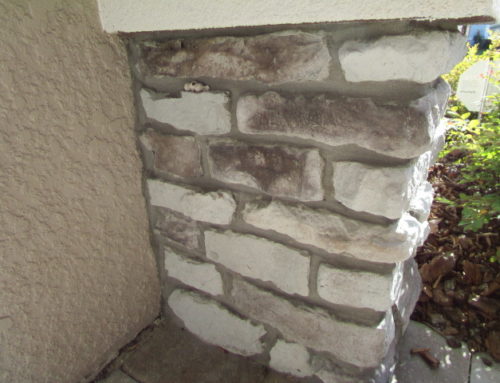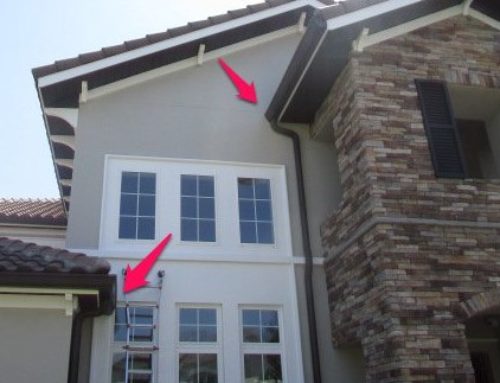How common is mold in homes?
It is common to find mold in buildings and homes. Mold will grow in places where moisture is present, such as leaks in roofs, windows, or pipes, or where there has been flooding. It grows on paper products, cardboard, and wood. Also, it can grow in dust, paints, wallpaper, insulation, drywall, carpet, fabric, and upholstery.
How do molds get in the indoor environment and how do they grow?
Mold is found both indoors and outdoors. Spores can enter your home through open doors, windows, vents, and heating and air conditioning systems. Or, mold in the air outside can also attach itself to clothing, shoes, and pets, then carried indoors. When mold spores will grow when they land on places where there is excessive moisture.
How do you keep mold out of buildings and homes?
Annually Inspecting our homes as part of a routine building maintenance program. Then correct and conditions that will promote mold. As an example, inside your home you can control mold growth by:
- Controlling humidity levels.
- Promptly fixing leaky roofs, windows, and pipes.
- Thoroughly cleaning and drying after flooding.
- Ventilating shower, laundry, and cooking areas.
Specific Recommendations:
Keep humidity levels as low as you can—between 30% and 50%–all day long. An air conditioner or dehumidifier will help you keep the level low.
Make sure your home is well ventilated. Use exhaust fans which vent outside your home in the kitchen and bathroom. Make sure your clothes dryer vents outside and the vent is cleaned regularly.
Fix any leaks in your home’s roof, walls, or plumbing so mold does not have moisture to grow.
Consider not using carpet in rooms or areas like bathrooms or basements that may have a lot of moisture.
If you have mold or think you have a moisture problem in the home, contact us. We are licensed and trained professionals who have experience in assessing mold in buildings and homes.






